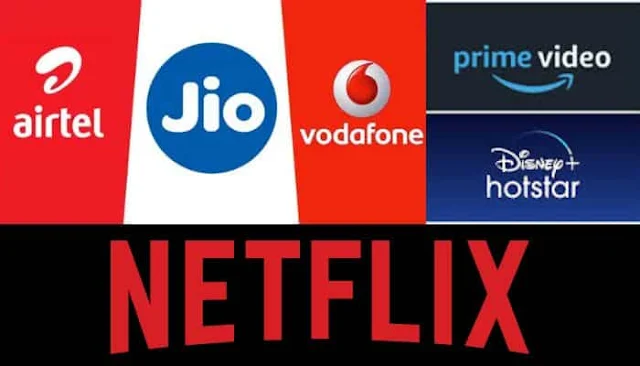The Over-The-Top (OTT) platforms have revolutionized how we consume content, providing an abundance of movies, TV shows, and original productions at our fingertips. However, with this vast array of options comes a new challenge for consumers: the need to subscribe to multiple platforms, leading to potential financial strain and a phenomenon known as OTT content fatigue.
Rise of OTT Platforms
In the past decade giants like Netflix, Amazon Prime Video, Disney+, and Hulu have dominated the market, capturing the attention of viewers worldwide. These platforms offer a wide range of content, catering to various genres and tastes. As a result, traditional cable and satellite TV subscriptions have taken a backseat, with consumers embracing the convenience and flexibility offered by OTT services.
Content Diversification and Consumer Behavior
The proliferation of OTT platforms has led to a remarkable diversification of content. There is now something for everyone, from gripping dramas and thrilling action movies to captivating documentaries and animated series. This diversification reflects the changing preferences and behaviors of modern audiences who seek personalized and on-demand entertainment experiences.
The Subscription Conundrum
While content diversification is undoubtedly a positive aspect of the OTT revolution, it has also brought about a subscription challenge. To access a desired variety of content, consumers often find themselves subscribing to multiple platforms simultaneously. Each platform comes with its own monthly fee, and when combined, these subscriptions can accumulate to a significant expense. As a result, consumers face the challenge of managing their entertainment budget effectively.
Financial Implications for Consumers
OTT platforms, individually, may seem reasonably priced, but when you consider the cumulative cost of multiple subscriptions, the financial implications become evident. Subscribing to numerous platforms can lead to a substantial dent in the pockets of consumers. Moreover, the subscription model requires a monthly commitment, leaving little room for flexibility or the ability to scale back expenses during financially challenging times.
The Challenges of OTT Content Fatigue
As consumers juggle multiple subscriptions, they may experience OTT content fatigue. This phenomenon occurs when individuals feel overwhelmed by the sheer volume of content available across platforms. Browsing through an extensive catalog can be time-consuming and mentally taxing, making it difficult for viewers to find content that truly captures their interest. The paradox of choice sets in, and viewers may find themselves spending more time searching for something to watch rather than actually enjoying the content.
Finding Solutions: Consolidation and Bundling
To address the challenges posed by the subscription overload, consumers are seeking solutions that provide a more consolidated and cost-effective approach. Some platforms have recognized this need and started offering bundled subscription plans, allowing users to access multiple services at a discounted rate. Consolidation efforts aim to streamline the user experience and alleviate the financial burden associated with subscribing to numerous platforms.
Striking a Balance
As the OTT market continues to evolve, striking a balance between content diversity, affordability, and user experience is crucial. Platforms must understand the financial limitations and viewing habits of their target audience. By exploring innovative pricing models, offering flexible subscription options, and continuously improving content discovery algorithms, platforms can alleviate subscription overload and cater to the needs of their users effectively.
Conclusion
The rise of numerous OTT platforms has undoubtedly revolutionized the entertainment industry, providing viewers with an unprecedented variety of content. However, the diversification of content has also led to challenges such as subscription overload and OTT content fatigue. By finding the right balance between content diversity, affordability, and convenience, the industry can ensure that consumers continue to enjoy a rich and engaging entertainment experience without feeling overwhelmed or burdened.

